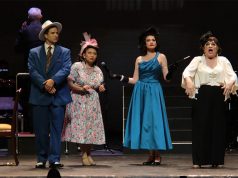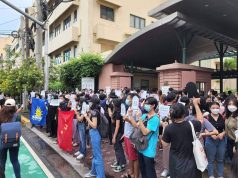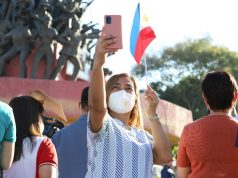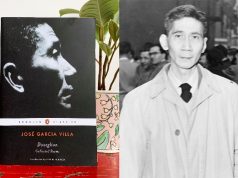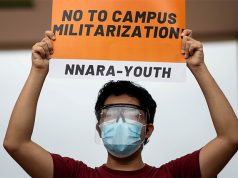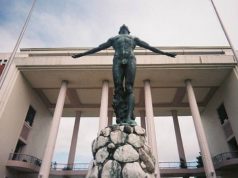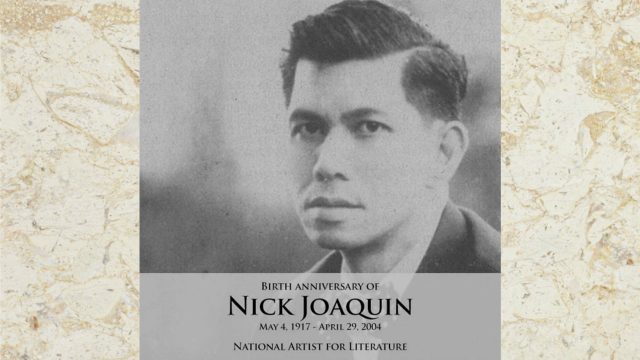
In celebration of the 100th birth anniversary of National Artist for Literature Nicomedes “Nick” Joaquin, the Far Eastern University (FEU) kicked off a year-long series of activities to pay tribute to the late literary genius.
Held last May 25 at the university’s Manila campus, the event, dubbed as “Remembering Our Nick: Friend and Artist,” included a public lecture; poetry readings, the reopening of Nick Joaquin Special Collections Room; art exhibit; and the relaunch of the book “The Complete Poems and Plays of Jose Rizal,” which was translated by Joaquin.

FEU President Michael Alba shared in a press statement, “His works are part of our identity, and his legacy remains in the values and culture of the university. He wrote our hymn, and authored books about our Alma Mater; he even wrote the biography of our founder, Nicanor Reyes, Sr. It is but natural for us to celebrate his life and his contributions not only to our community, but also to all Filipinos.”

Attended by the late writer’s family and friends as well as students, the celebration was headlined by a public lecture by University of the Philippines Professor Emeritus Dr. Gemino Abad.
In his talk, he traced the roots of Joaquin, explored his literary works, and how the writer is like beyond the pages of his books.
Abad, who was able to meet Joaquin for a few times, describes the latter as a “national literary genius” who “traversed the entire literary field as a poet, novelist, playwright, storyteller, pioneer in creative non-fiction, and a scholar in history.”
Beyond his life as a writer, Abad also shared how Joaquin is like to his family, close friends, and colleagues.
“Anyone close to Nick Joaquin knows his jovial wit; and rollicking voice and laughter; his partiality for Frank Sinatra and San Miguel beer.; the depth of his spirituality and historical consciousness; his love for the Filipino; and his deep human kindness and special affection for all writers ,” Abad shared.
Joaquin was born on May 4, 1917, the fifth among 10 siblings. His mother is Salome Marquez, a public school teacher;and his father is Leocadio Joaquin, a prominent lawyer in American era and a businessman who first turned Herran into the commercial hub of Paco.
Joaquin was only 13 years old when his father passed away. He then stayed with his brother Porfirio, who was known as the “King of Jazz,” and his wife, Sara Kabigting. He also quit school after three years in Mapa High, and educated himself at his father’s library and at the National Library.
Abad described Joaquin as someone with “insatiable curiosity,” and is “insane for books.”
He further shared, “After the Japanese occupation, he worked as a stage manager for his sister in law, Sara Joaquin’s Filipiniana Dance Troupe. Sara, who is his confidant, says that Nick is so modest, so humble, so unassuming..He likes long walks and worn out shoes. Before Intramuros was burned down, he used to make rounds of churches there.”

In 1943, his essay essay “La Naval de Manila” won a contest at UST where AA (Associate in Arts) certificate was conferred to him. A few years after, in 1947, having learned of his aspiration to the priesthood, UST awarded him a scholarship in 1947 at St. Albert College, a Dominican monastery in Hong Kong.
In 1950, he left the college, and then joined the Philippines Free Press as proofreader. Soon after, he started writing with Quijano de Manila, as pseudonym.
In 1970, he left the Free Press, and joined Gregorio Brillantes in Asia Philippines Leader. However, Martial Law was declared in September 1972, which closed down all newspapers and magazines.
In 1976, he received the National Artist Award on the condition that the government will release his friend and also a writer, Pete Lacaba, from military detention.
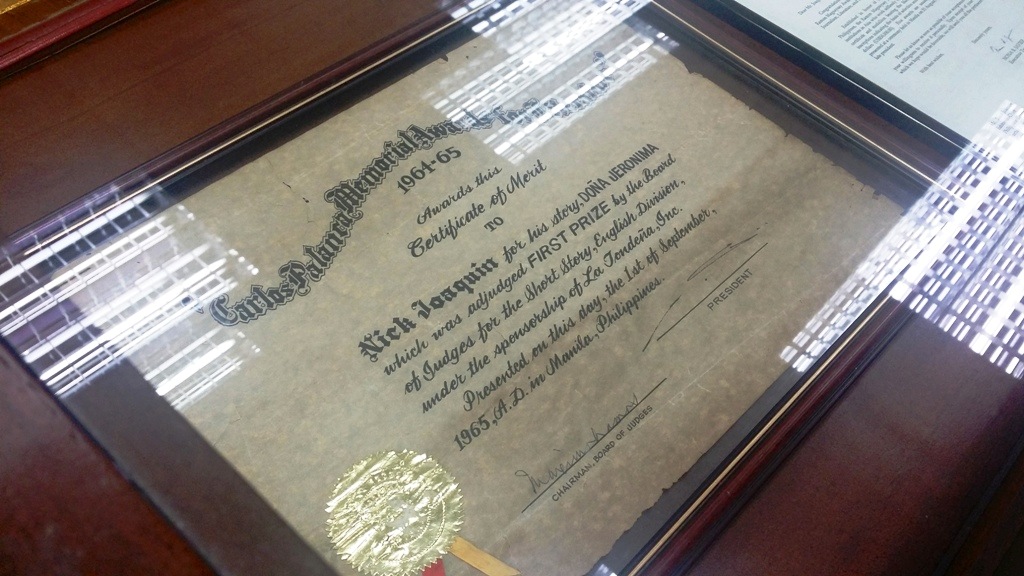
After looking back at Joaquin’s roots, and some of the highlights in his life as a writer, Abad also mentioned some of the authors that influenced him.
“One would be Charles Dickens, and he also mentioned Booth Tarkington, and also Dostoevsky’s ‘The Brothers Karamazov’– Nick Joawuin thinks that’s the greatest novel in the world,” Abad shared.
Moreover, along with discussing Joaquin’s works as a poet, the professor also recited some of the latter’s poems including ‘The Innocence of Solomon.’
The lecture was then followed by the re-opening of Joaquin’s memorabilia room located t the university’s library.
Among those displayed are rare memorabilia donated by Czech Ambassador Jaroslav Olsa Jr., and loaned by Ramon Magsaysay Awardee Ligaya Amilbangsa.
For the first time, the Czech version of ‘The Woman Who Had Two Navels’ and ‘Pop Stories for Groovy Kids’ are displayed to the public for the first time. Also unveiled is a bust of Joaquin as sculpted by prominent artist, Julie Lluch.
Timothy Sanchez, FEU Literature and Humanities assistant professor curated the exhibition.
“The Nick Joaquin Special Collections Room gathers Nick’s works: literary (poems, plays, stories for adults and children, novels); creative non-fiction (reportage, biographies); and even translations in one room. Ateneo De Manila University scholar Jonathan Chua guided me throughout the process,” Sanchez told InterAksyon through a text message.
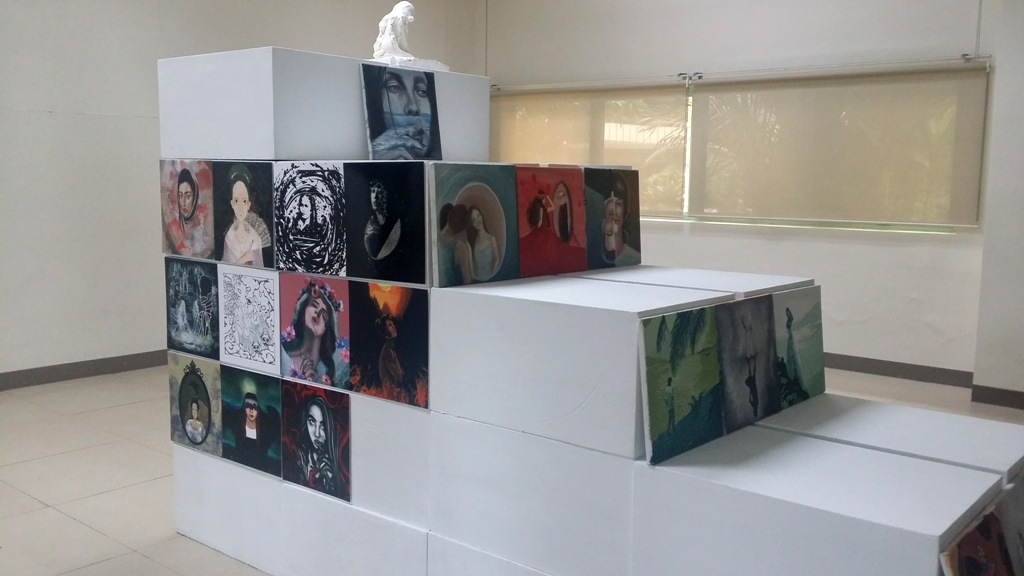
Some students also paid tribute to Joaquin through a presentation of paintings and sculptures in an exhibition, interpreting the writer’s Palanca award winning piece, “Doña Jeronima.” This exhibition is on view until June 27.
Other activities include: Manila High Schools Inter-School Essay Writing Essay Writing and Translation Contest on September 8 at FEU Manila; special screening of Sari Dalena’s Dahling Nick on September 20 at FEU Makati; Galleon Theatre MNL’s ‘May Day Eve, The World Premiere of a New Adaptation’ on October 6 at FEU Manila; and special screenings of Dalena’s film and Lamberto Avellana’s Portrait of an Artist as Filipino on May 4, 2018 at FEU Manila.




